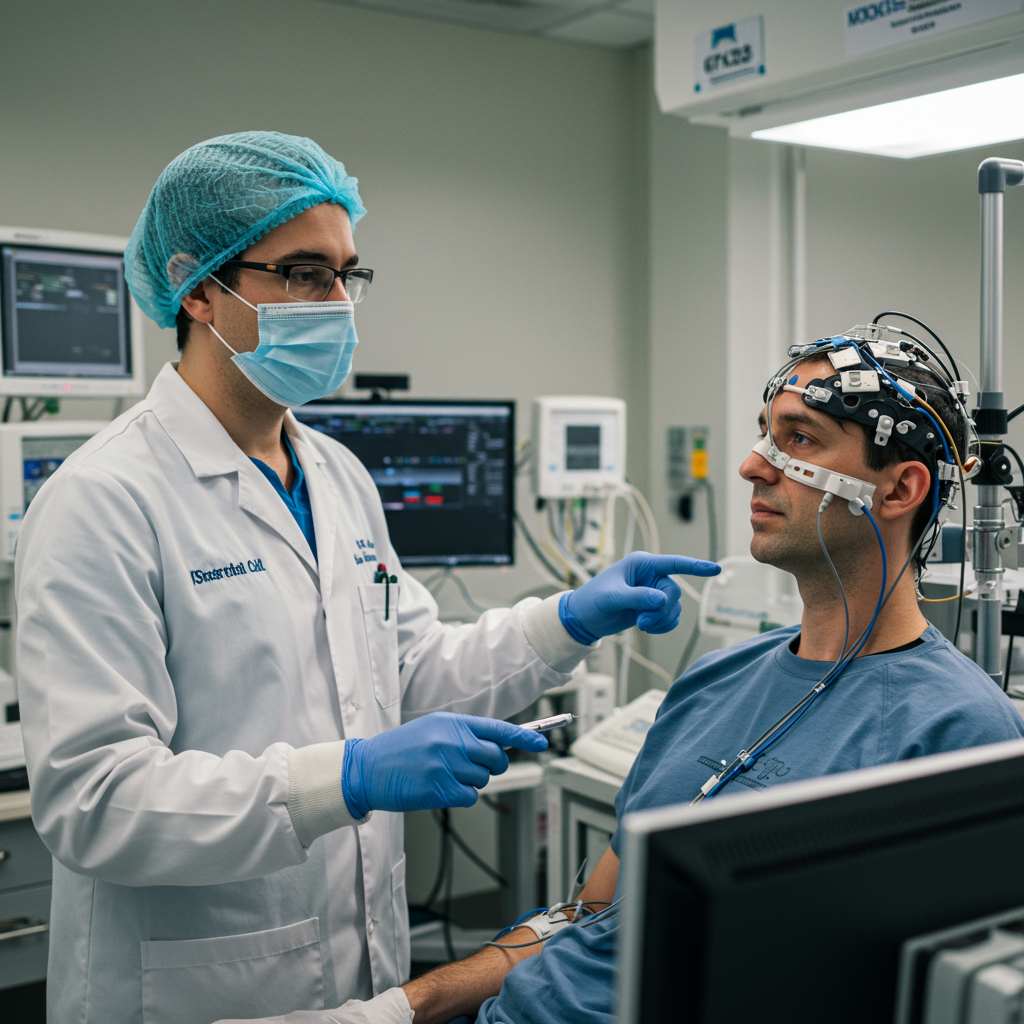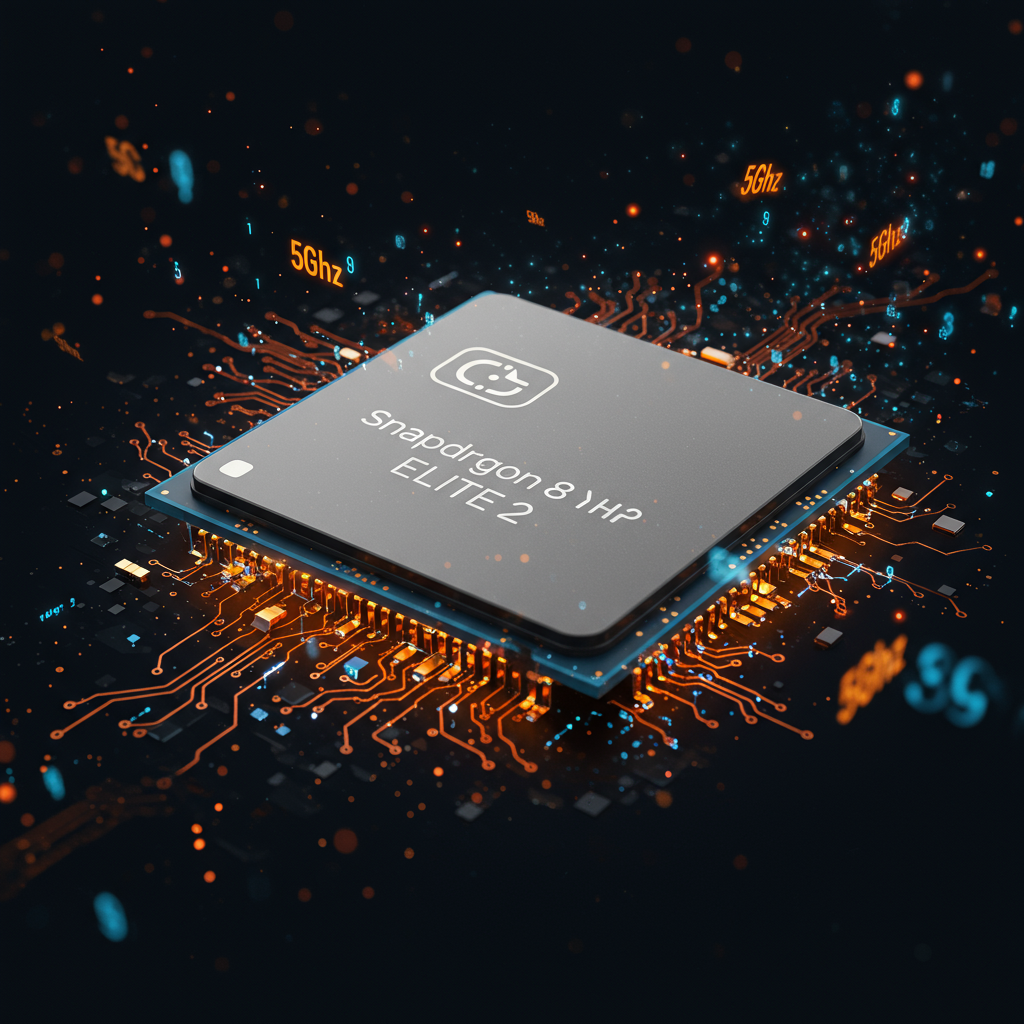Austin, Texas, is making waves in the future of medicine. A local company, paradromics, has reached a critical milestone with its groundbreaking Brain-Computer Interface (BCI) technology. They have successfully conducted the first human test of their Connexus device. This significant step brings renewed hope for individuals living with severe paralysis. It promises to reshape how we address communication and movement challenges.
The human trial represents a major leap forward. While the Connexus platform had prior testing in sheep, this marked the first time it was used in a person. The test involved recording signals directly from the human brain. Paradromics CEO and Founder Matt Angle called the surgery a vital step. He believes their BCI platform is moving closer to transforming lives. The ultimate aim is to restore speech in patients facing severe paralysis.
The Milestone Moment: First Human Test
The opportunity for the human test arose during a pre-planned epilepsy surgery. This procedure took place at the University of Michigan. A volunteer patient generously consented to participate. This allowed the Paradromics team a brief window to test their system. The temporary implantation lasted about 10 minutes. It provided a crucial “dress rehearsal” for the device.
Matt Angle explained they were able to take advantage of this short timeframe. The device was safely placed and then removed. Everything went smoothly within that brief period. Neurotechnology researcher Justin Sanchez noted the importance of such early-stage tests. They are vital in the regulatory process. They help verify that a device can successfully receive signals in a human brain environment.
A Unique Opportunity
Leveraging the pre-scheduled surgery significantly lowered the marginal risk for the temporary test. A portion of brain tissue was already slated for removal. This created a controlled environment for the procedure. It allowed the researchers to verify critical steps. These steps included bringing the device to the operating room. They also tested implanting it correctly. They confirmed it remained operational to record brain signals. Finally, they validated its safe removal.
Dr. Stephen Ryu, Paradromics’ Chief Medical Officer, emphasized patient safety. He stated it is not just a talking point for the company. It is their “North Star.” Every action they take aims to ensure maximum safety for patients.
Inside the Connexus Technology
Understanding how the Connexus device works reveals its potential. Dr. Stephen Ryu described the surgical procedure. It begins with making a small opening in the skull. A high-precision robotic arm is then used. This arm positions a unique, spring-loaded device with extreme accuracy. It is placed over the specific part of the brain controlling speech. Once in position, the arm deploys and implants the array.
Design for High-Resolution Data
The core of the system is called a cortical module. Matt Angle held up the device to explain its significance. This compact device, smaller than a dime, is implanted on the surface of the brain. It contains 421 Platinum Iridium microwires. These wires are incredibly thin. Each one is less than half the width of a human hair. This design allows them to be implanted into the brain tissue. Crucially, this happens without causing damage.
By reaching down into the layers of the brain, the wires can record activity. They listen to individual neurons. This capability offers a very high level of resolution. It is essential for building a high-data-rate Brain-Computer Interface. The ability to capture signals from thousands of neurons simultaneously unlocks a vast amount of information.
Setting New Data Rate Standards?
The quality and quantity of data captured are key to BCI performance. In animal studies, Paradromics’ device demonstrated impressive capabilities. It achieved data rates exceeding 130 bits per second. This figure is significantly higher than some other reported BCI trials. For instance, Elon Musk’s Neuralink BCI trials have reported data rates in the 5 to 10 bits per second range.
This high bandwidth is considered necessary for complex tasks. Decoding sophisticated functions like intended speech requires detailed neural signals. Paradromics aims to translate these signals into synthesized speech or text. This could fundamentally change communication for those who have lost the ability. Recent advancements by groups like Stanford and UC San Francisco also highlight this potential. They reported decoding intended speech at rates up to 78 words per minute using implants. Natural speech is around 130 words per minute.
The Broader Landscape of BCI
The field of Brain-Computer Interfaces is rapidly evolving. Paradromics is one of several companies pushing the boundaries. While Neuralink often captures headlines, other significant players exist. These include Blackrock Neurotech, Synchron, Precision Neuroscience, and Motif Neurotech. Each company pursues different methods and applications.
Diverse Approaches and Goals
BCI devices differ primarily in their level of invasiveness. This involves a trade-off. Devices that penetrate the brain tissue can capture higher-resolution data. They are closer to individual neurons. This high bandwidth is often needed for complex tasks like speech decoding. However, this approach requires more invasive surgery. Companies like Neuralink, Blackrock Neurotech, and Paradromics use electrodes that penetrate the cortex.
Other companies explore less invasive paths. Synchron’s device is delivered via a blood vessel. Precision Neuroscience uses an array that sits on the brain surface. These methods involve less complex surgery. However, they may capture signals from groups of neurons, not individual ones. This can limit the data rate and complexity of decodable functions.
Comparing the Tech: Paradromics vs. Others
Paradromics’ approach, like Neuralink and Blackrock, involves cortical penetration. This is designed for maximum data capture. According to one bioengineer, Paradromics’ system is designed for the highest bandwidth among those discussed. Their device sits on a small chip with penetrating electrodes. The current iteration requires a separate wired transmitter. This is different from Neuralink’s wireless approach.
The immediate goal for many BCI companies, including Paradromics, is practical. It’s about restoring function. This means enabling cursor control, typing, or synthesizing speech for people with severe disabilities. This differs from more distant goals. Some visions involve enhancing human capabilities beyond current biological limits.
What’s Next for Paradromics?
With the successful temporary human test complete, Paradromics is focused on the future. The company plans to initiate a clinical trial by the end of 2024. This trial will involve patients with paralysis. The Connexus device will be implanted for a longer duration in this study. This is a crucial step towards regulatory approval and wider use.
The immediate application remains clear. They want to restore communication abilities. This is for people who have lost the power of speech or movement. However, Matt Angle highlighted a much larger ambition. The core ability to move data between brains and computers is powerful. It could allow reframing complex biological problems. They could become solvable technology challenges. Looking further ahead, the company aims to explore implanting multiple devices. This could increase recording capability even more. But the next critical step is proving the safety and functionality of a single device in a sustained study.
Frequently Asked Questions
What did Paradromics’ first human BCI test achieve?
Austin-based Paradromics successfully conducted the first temporary human test of its Connexus Brain-Computer Interface (BCI) device. The test occurred during a scheduled surgery at the University of Michigan. It verified that the device could be safely implanted, record neural signals in a human brain for about 10 minutes, and then be safely removed. This marks a critical step toward their goal of restoring communication for severely paralyzed patients.
How does Paradromics’ BCI technology compare to competitors like Neuralink?
Paradromics’ Connexus device, like Neuralink, uses tiny electrodes that penetrate the brain’s cortex to record signals from individual neurons, aiming for high data resolution. Paradromics’ animal studies show data rates exceeding 130 bits per second, potentially higher than rates reported by Neuralink (5-10 bps). Unlike Neuralink’s wireless system, the current Paradromics setup uses a wired transmitter. Both differ from less invasive BCIs that sit on the brain surface or in blood vessels.
Who can benefit from Paradromics’ BCI technology?
The primary beneficiaries envisioned for Paradromics’ Connexus technology are individuals suffering from severe paralysis. This includes people with conditions like spinal cord injury, stroke, or ALS. The goal is to translate their intended neural signals into actions. This could allow them to communicate by controlling a computer cursor, typing text, or even generating synthesized speech, effectively restoring lost abilities.
Conclusion
Paradromics’ successful first human test of its Connexus BCI device is a significant leap for neurotechnology and for Austin’s biotech scene. By demonstrating the ability to safely implant and record high-resolution neural data in a human, they move closer to their mission of restoring communication for those with severe paralysis. While navigating a complex landscape of BCI competitors with varied approaches, Paradromics’ focus on high-bandwidth data capture positions them as a key player. The planned clinical trial by the end of 2024 will be the next crucial phase, potentially unlocking new possibilities in human-computer interaction and the treatment of neurological conditions. The journey from laboratory testing to transformative medical solution continues, bringing tangible hope to patients worldwide.




